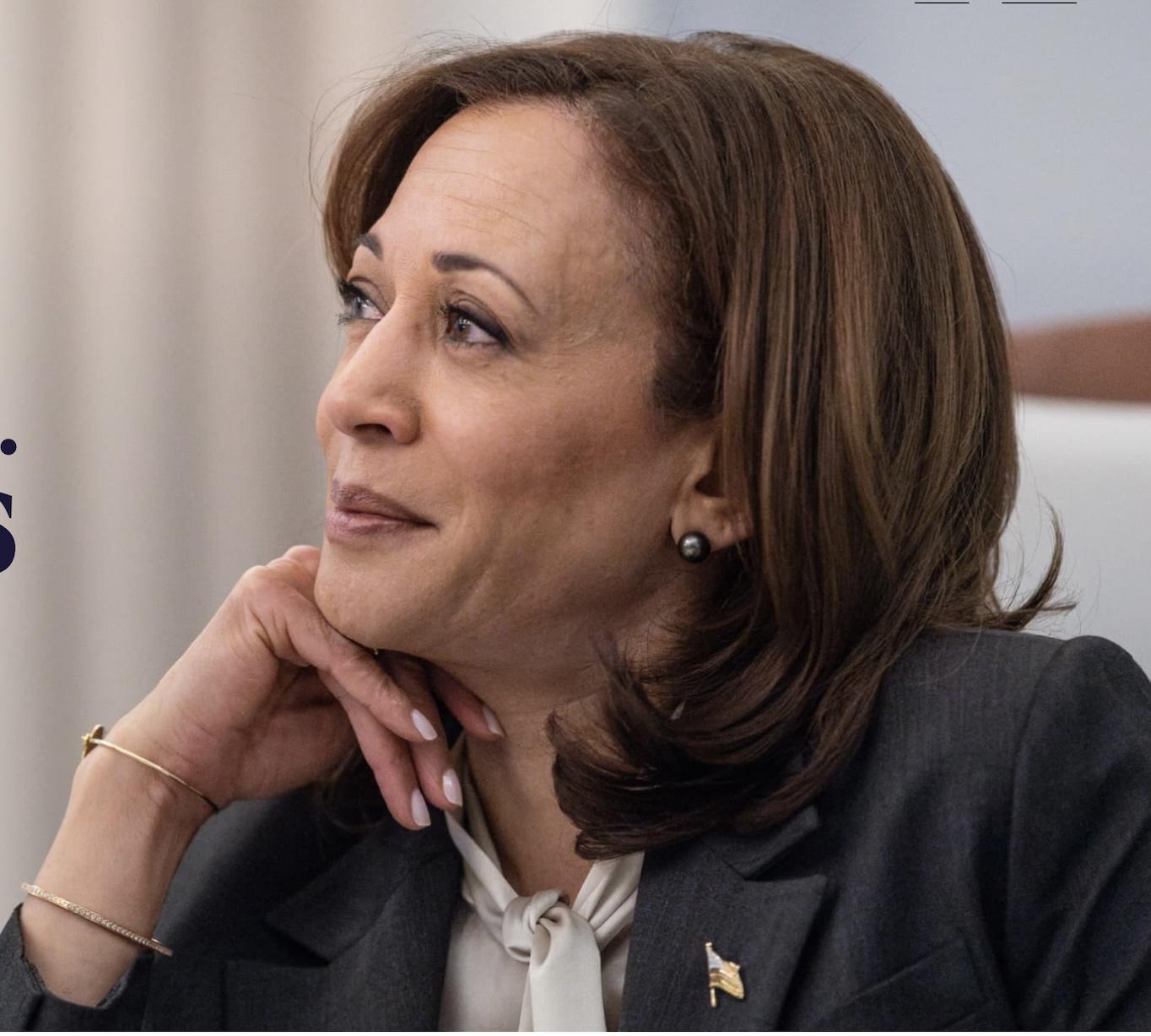LOS ANGELES — Commuters will start paying more to board the Metropolitan Transportation Authority buses and railways this week.
The MTA reportedly raised its fares Monday for the first time in four years from $1.50 to $1.75 for one-way tickets and from $75 to $100 for monthly passes.
Another major change is two hours of free transfers, whereas before riders had to pay a new fare each time they hopped on a bus or rail, straining and limiting the use of several lines. This will ease the pain of higher ticket fares for some riders, and makes for a more efficient system, Metro says.
The fare hike is also expected to increase a portion of Metro’s operating budget slightly to about 27 to 28 percent, meaning that 72 percent of operating costs would be funded through taxes and grants. A ratio less than 33 percent could reportedly jeopardize any future chances of federal grant aid.
According to Metro, the increase would make Los Angeles one of the most subsidized transit networks in the world.
Metro staff estimates that ridership will also drop during the first six months of the increase, but fare revenue will continue to grow by the millions in the fiscal year.
Still, the agency has a history of financial problems that have yet to be fixed. Two fare increases were already postponed by Metro directors, saying they needed to discuss the financial outlook first.
The changes occur in the midst of the biggest rail boom in Los Angeles history, with the construction of five new lines across LA County still underway. The new lines will span as far as Santa Monica and downtown Los Angeles, to mid-Wilshire and Azusa.
Beginning this week, Metro passengers with digital fare cards are eligible for a two-hour free transfer period for one-way trips. Riders must also have the required fare loaded on their digital passes before freely transferring, which could be a problem for the 12 percent of riders who pay with cash.
Transferring riders will also not be allowed to add money to their digital cards once boarding the bus, officials say. Vending machines will be available at rail stations, but not necessarily most bus stops.
“People trying to board and pay and load cards would significantly slow down our bus operating time,” said Metro director of TAP technical systems Kelly Hines.
This is the MTA’s fourth ticket fare increase since its establishment in 1995. There is no word on whether the increase will affect Metrolink train systems.
Fare cards are also available for purchase at more than 300 retail locations, such as local grocery store chains. Cards can also be purchased and reloaded by visiting TaptoGo.net, or by calling (866) 827-8646.
(With reports from the Los Angeles Times)





